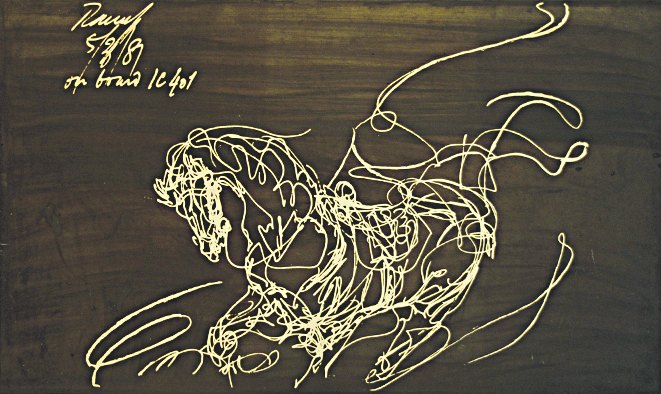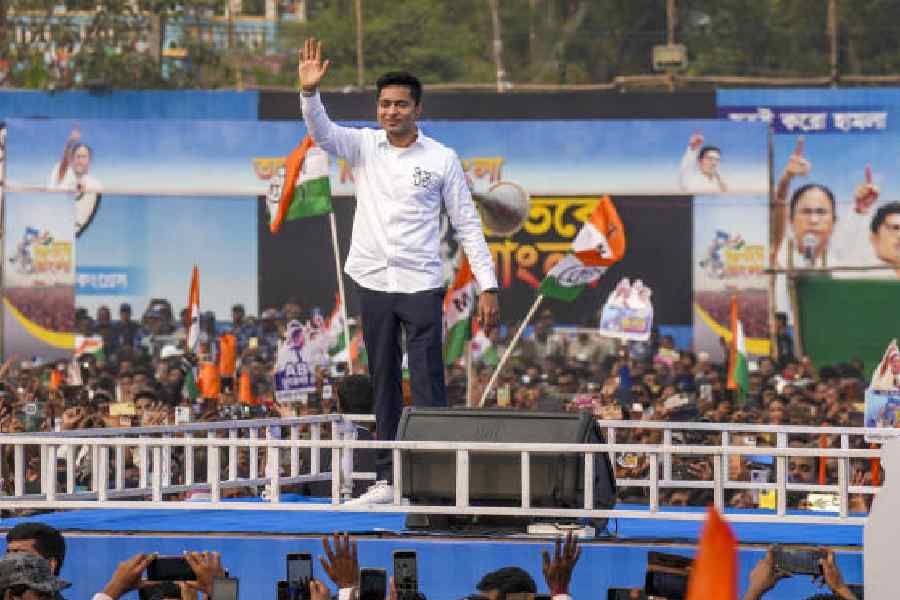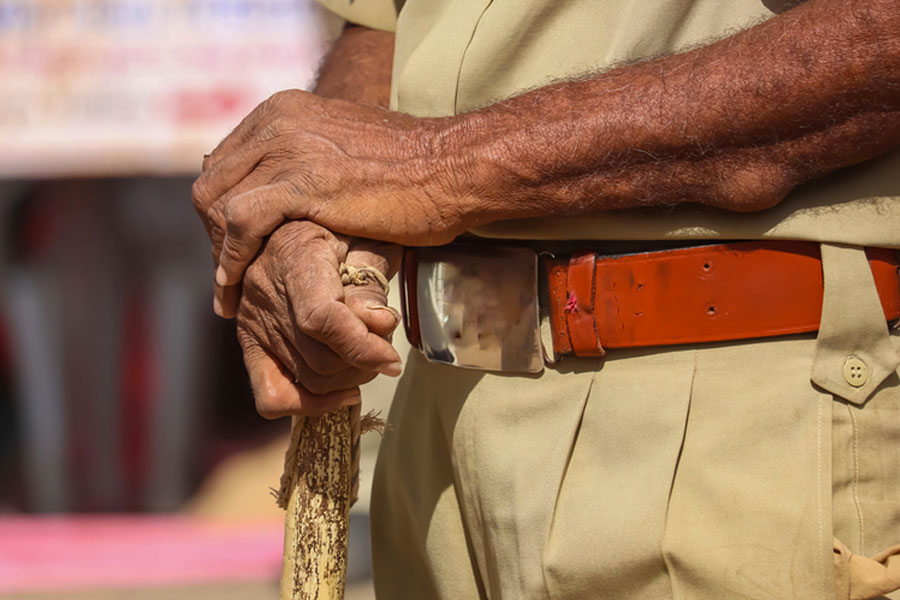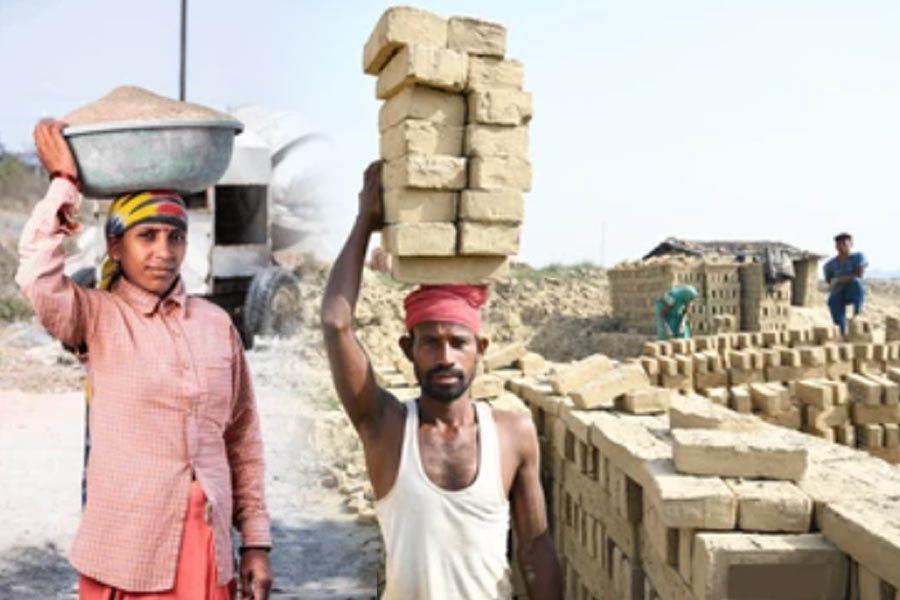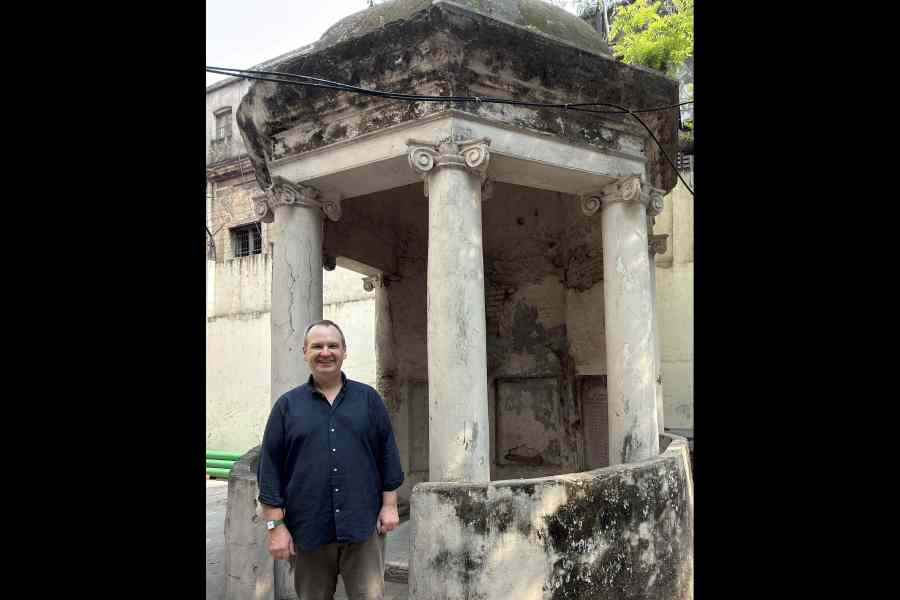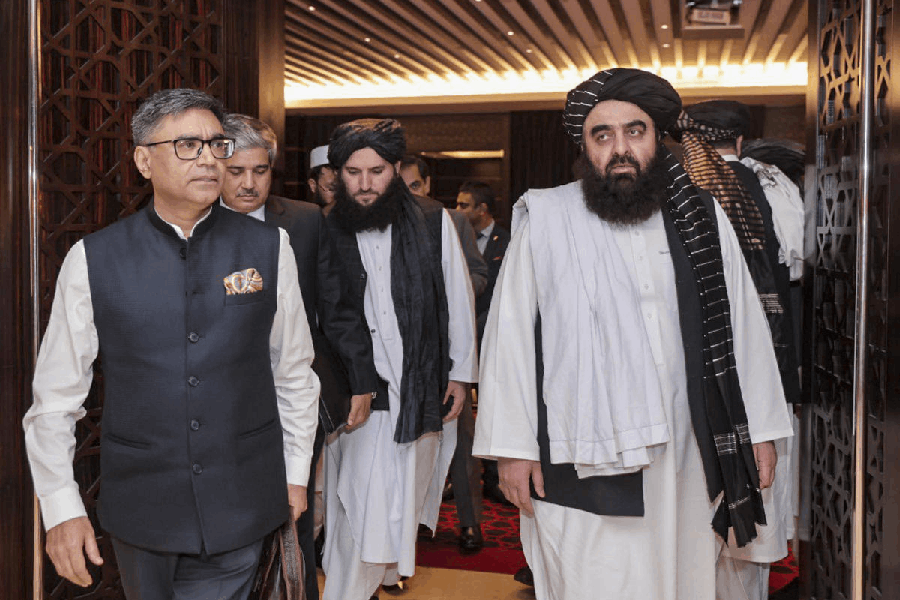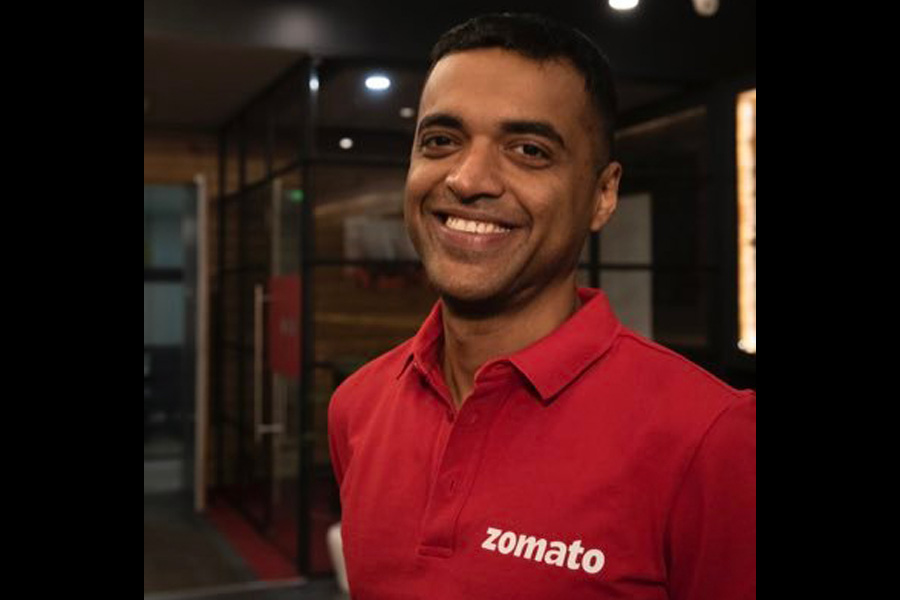
A time long, long before computers began to be used, all the art work for advertisements was done by hand, unless, of course, photographs were being used. Calcutta had produced many fine artists who were innovative enough to launch campaigns which are remembered even today. Ranen Ayan Dutt was one of those artists who had harnessed his skills as an artist and draughtsman to create countless drawings and art work, which often turned into brilliant ad campaigns for various products like hair oil and cigarettes, book and magazine covers and posters for films such as Tapan Sinha's Kabuliwala as well.
Fifty of his paintings and drawings were on display (April 20-May 16) at the annual exhibition organized by the Ramakrishna Mission Institute of Culture in its art gallery. This is commercial art at its best, for Dutt was a draughtsman par excellence, and not only did he draw upon contemporary life, but also went back to the world of history, myths and legends to create his illustrations and paintings. The octogenarian artist had launched the Wills "Made for each other" campaign, which made waves, and created the prototype of the sensuous Bengali woman with a full figure and dark snaking tresses, who used to appear in his art work for Jabakusum hair oil, which was once very popular.
The facility with which Dutt drew these figures is amazing, but not surprising considering that he had been trained as an artist long before he joined the ad world. This is obvious from the way he had given shape to the face of an old woman with high cheekbones back in the 1940s. His work was immediately recognizable, for his lines were always clean and precise, and he made limited use of colours. This is to be expected of an artist trained in academic realism, which was the staple of those times. These virtues are also apparent in the series of illustrations through which he retold stories that were already well known.
Apart from depicting epic battle scenes from history and legends, he loved to conjure up the bustling streets of old Calcutta with its shoeshine boys and performing monkeys and memsahibs.
His remarkable hold over lines is best illustrated by his reverse drawings - white lines on a black background. He drew his charging horse and dancing baul with such confidence that they remarkably resemble the "light drawings" done by Picasso which were caught in the photographs of Gjon Mili. In these two drawings, the two forms were seemingly conjured up with the flash of lightning.
A few years ago, Dutt had designed the archive of the State Bank of India headquarters in Calcutta, and his drawings for this project were also displayed. Debdutta Gupta had written a note on the show.

